In a country as vast and diverse as India, delivering timely government-backed agricultural support is no small task. Farmers often navigate multiple offices just to apply for different schemes, verifying land records at one desk, submitting ID at another, and repeating the same details again for credit, inputs, or insurance.
Why should accessing a single benefit require repeating the same steps again and again? This fragmented process leads to duplication, delays, and long queues. For officials too, verifying the same farmer across departments is repetitive, time-consuming, and prone to errors.
To overcome these challenges, the Odisha Government introduced the Unified Farmer Registry in collaboration with CSM Technologies. At its core lies a simple but transformative idea: one farmer, one verified record. Once a farmer’s identity and land details are authenticated, that record becomes the trusted base for accessing multiple schemes and services across departments without the need for fresh paperwork or re-verification.
This single, digital source of truth eases the administrative load on both farmers and officials, ensures that genuine beneficiaries are prioritized, and limits impersonation or diversion of benefits. It acts as a safeguard that brings transparency, accuracy, and trust to every interaction.
.jpg)
What One Verified Farmer Record Makes Possible
The Unified Farmer Registry functions as the backbone of Odisha’s agricultural service delivery by providing each farmer with a unique, digitally authenticated identity. The platform has consolidated over 66 lakh identified authentic farmers, of which 49 lakh have been approved through a rigorous post-verification process.
Each farmer profile includes 60 to 70 key data fields, ranging from Aadhaar details and demographics to landholding, crop, and occupation information. This dataset is Aadhaar-seeded, geo-tagged, and fully standardized to serve as a reliable and interoperable record across departments.
With this structure in place, government departments no longer require repeated physical verification for every scheme. Instead, officials can rely on authenticated profiles to validate eligibility, avoid duplication, and ensure services reach the right beneficiaries at the right time.
Krushak Odisha: One Record Unlocks Many Services
What changes when every department works from the same verified farmer profile?
With its backbone linked to the Unified Farmer Registry, Krushak Odisha brings agriculture, insurance, procurement, and welfare schemes onto a shared digital platform. Departments can cross-check eligibility, reduce duplication, and coordinate delivery more efficiently.
The system connects with key external databases like Bhulekh, Aadhaar, PMFBY, MPAS, and ADAPT, enabling seamless data exchange. Field officers use mobile tools for farmer verification, while administrators track service coverage and inclusion through dashboards.
Every interaction—from doorstep verification to fund disbursement—operates on a common record, helping reduce delays and ensure targeted support reaches the intended farmer without getting lost in layers of paperwork.
.jpg)
From KALIA to CM-KISAN: Making Transitions Smoother
In mid-2024, the Odisha Government launched the CM-KISAN Yojana to extend financial assistance to approximately 45 lakh small and marginal farmers and nearly 19 lakh landless households. This rollout followed the earlier KALIA (Krushak Assistance for Livelihood and Income Augmentation) scheme, which had already established a digitally verified beneficiary base.
While CM-KISAN was a government-led initiative, the availability of Aadhaar-linked and authenticated farmer profiles under the Unified Farmer Registry likely helped streamline the process. With key information on landholding, occupation, and banking details already structured and validated, the government could initiate the transition without extensive fresh verification.
This example illustrates how a robust digital identity layer can support continuity during large-scale policy shifts, reduce operational overheads, and ensure that support reaches intended beneficiaries without disruption.
.jpg)
A Scalable Framework for Data-Driven Agriculture
But what does a system like the Unified Farmer Registry offer beyond smoother transitions and faster delivery? Odisha’s use of this platform shows how a single verified identity can improve responsiveness, cut duplication, and strengthen coordination between departments.
With authenticated profiles at the center, schemes can be launched faster, targeted more precisely, and monitored with greater accountability. More than a database, it becomes a shared reference that enables departments to work in sync and ensures timely delivery to the right beneficiaries.
As other states look to modernize their agri-governance frameworks, Odisha’s model provides a tested, scalable foundation. By connecting every farmer to the support they deserve, the Unified Farmer Registry is helping shape a more equitable and resilient future for Indian agriculture.






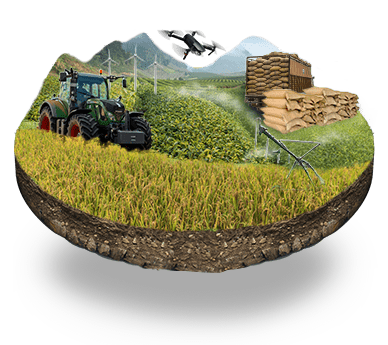









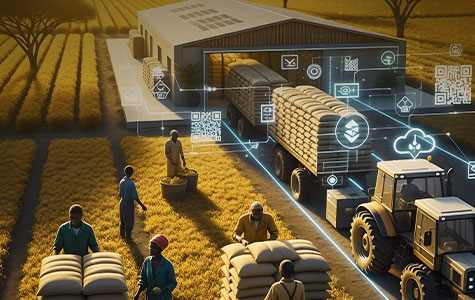

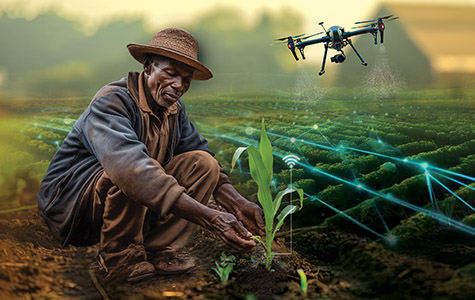







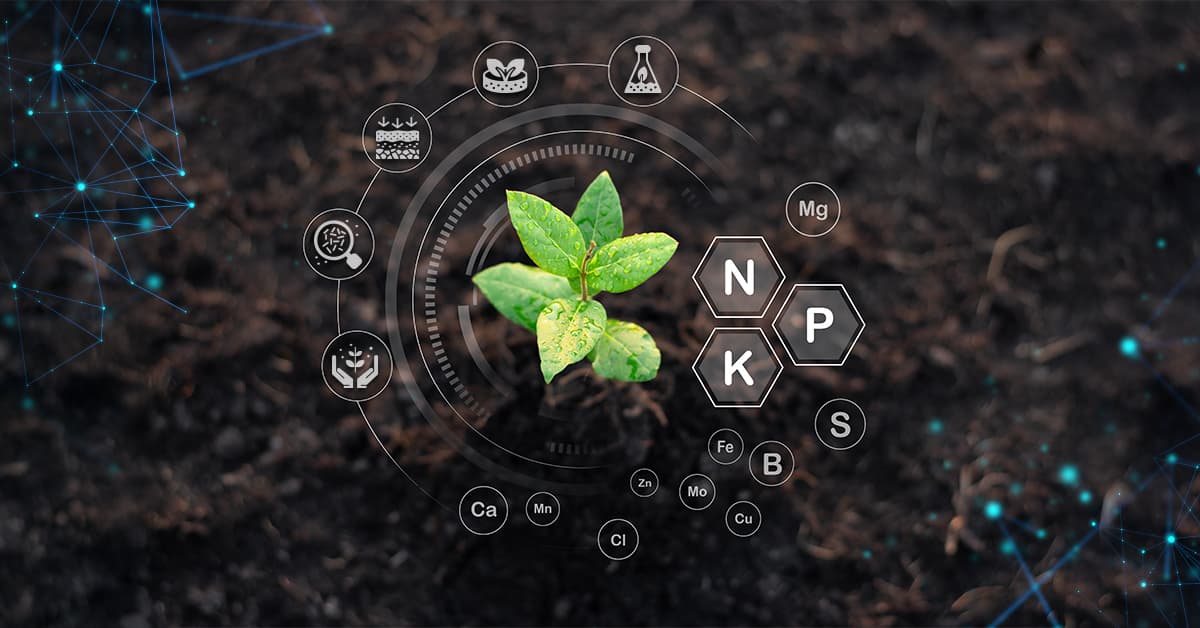
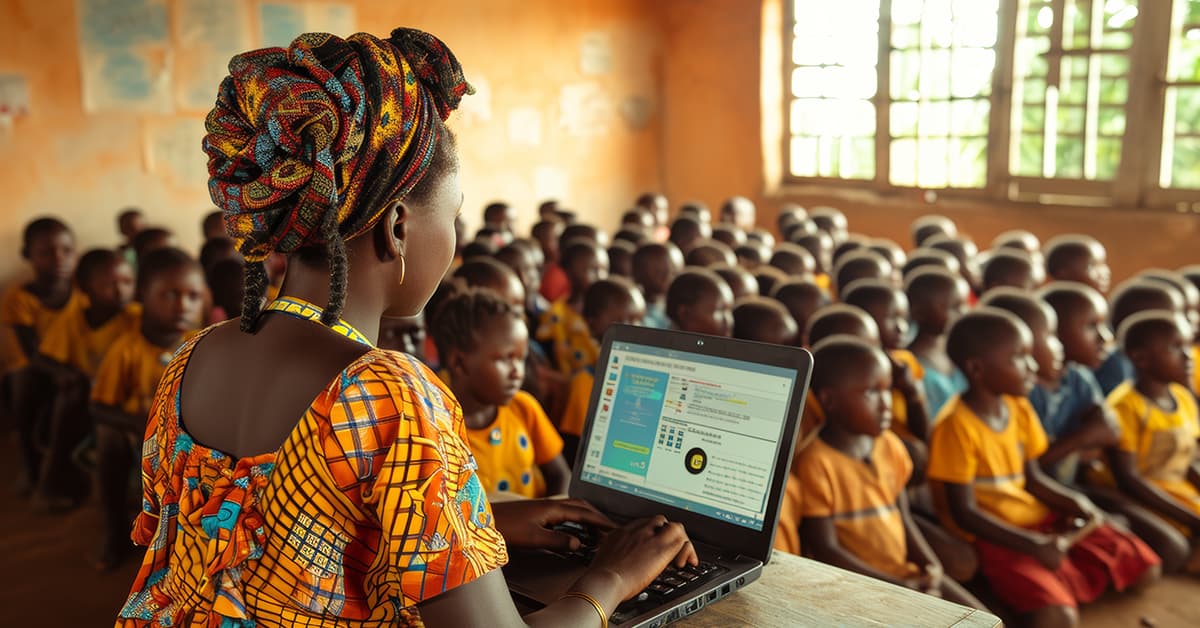
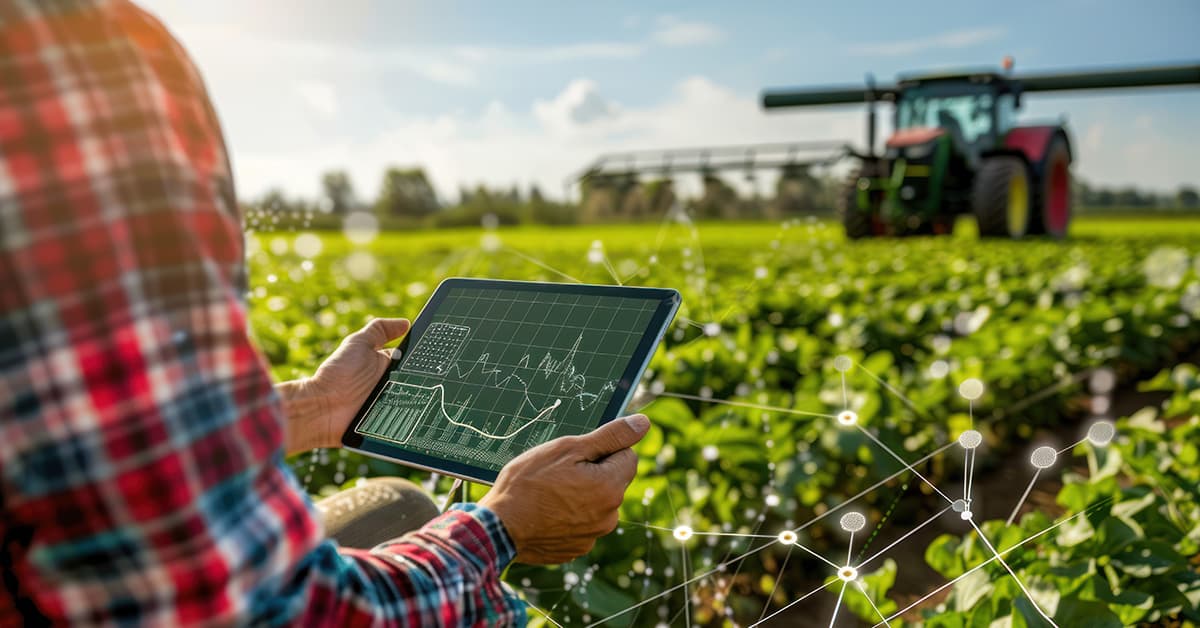






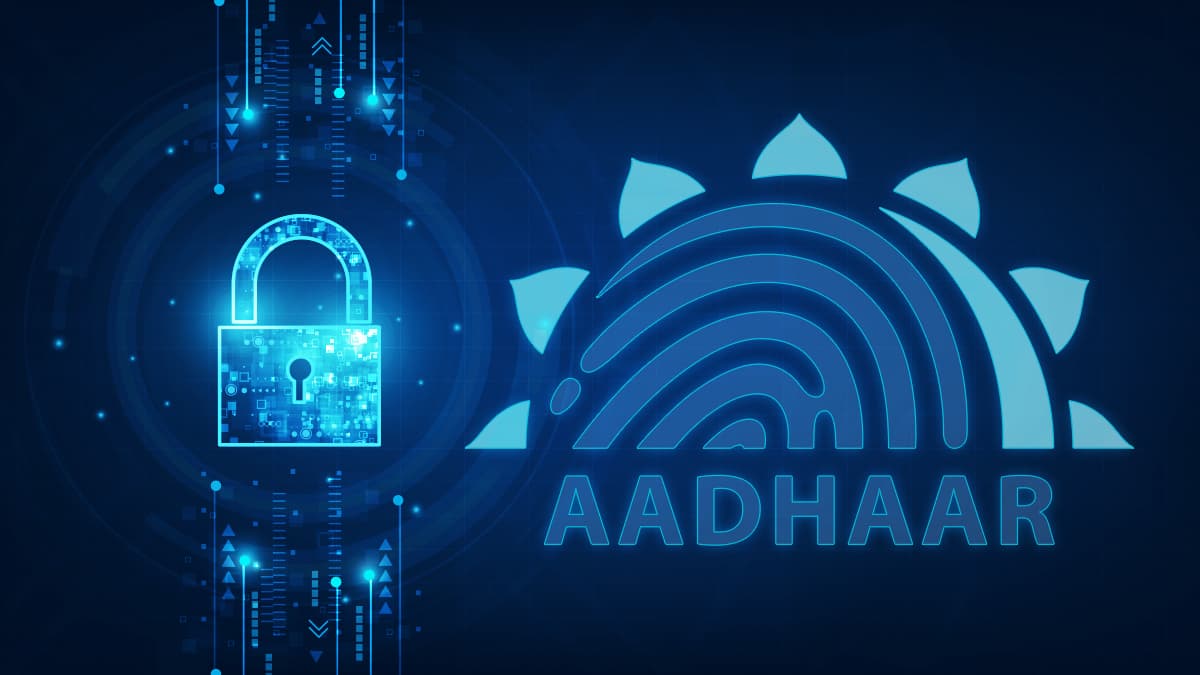

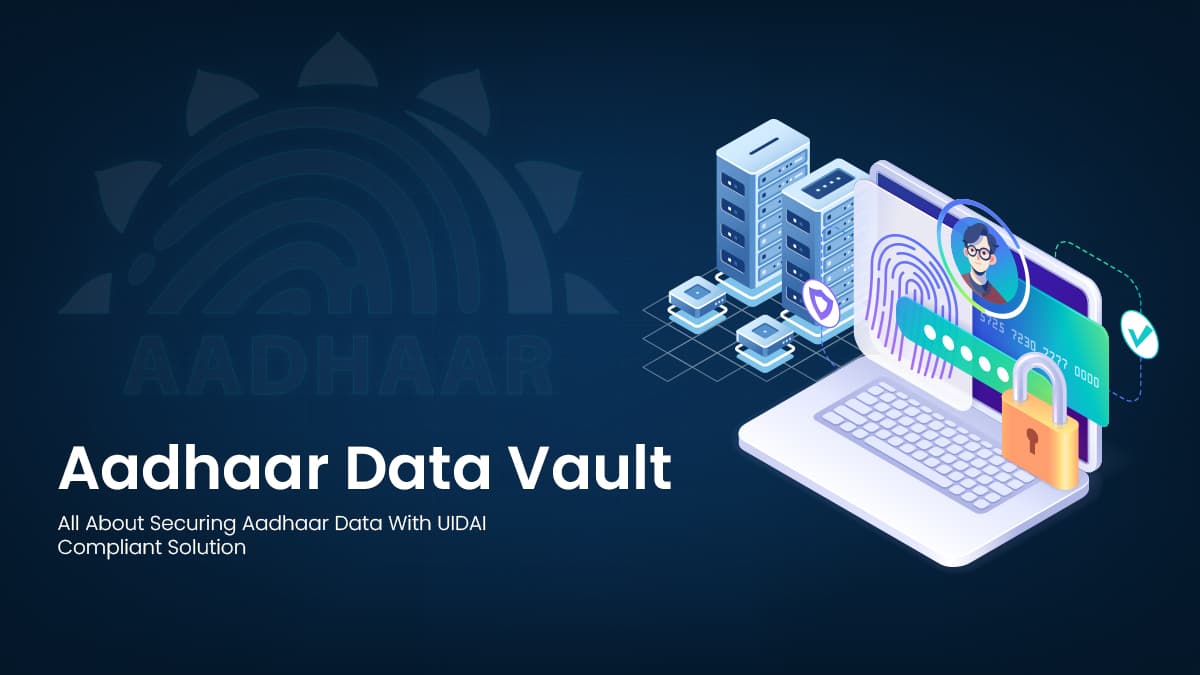



We will verify and publish your comment soon.